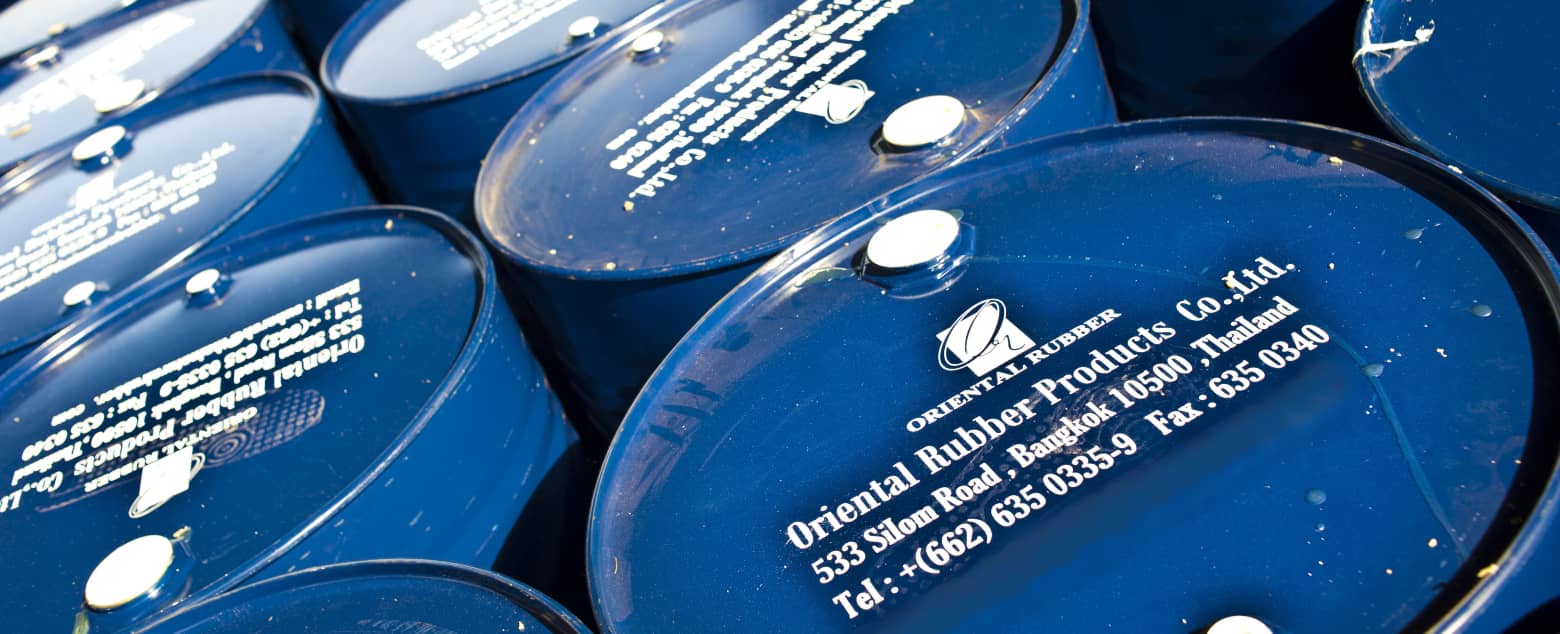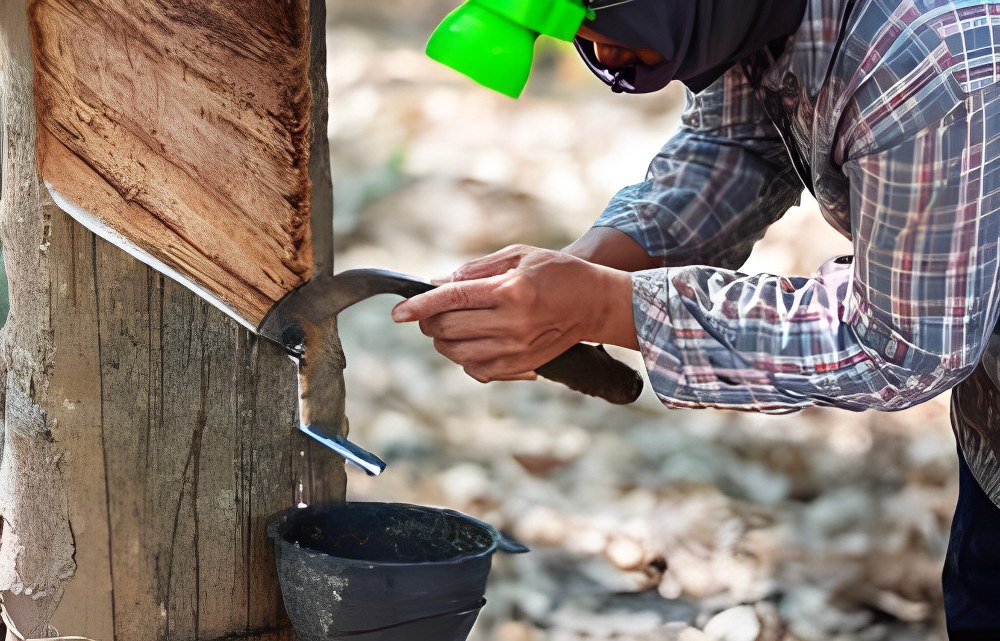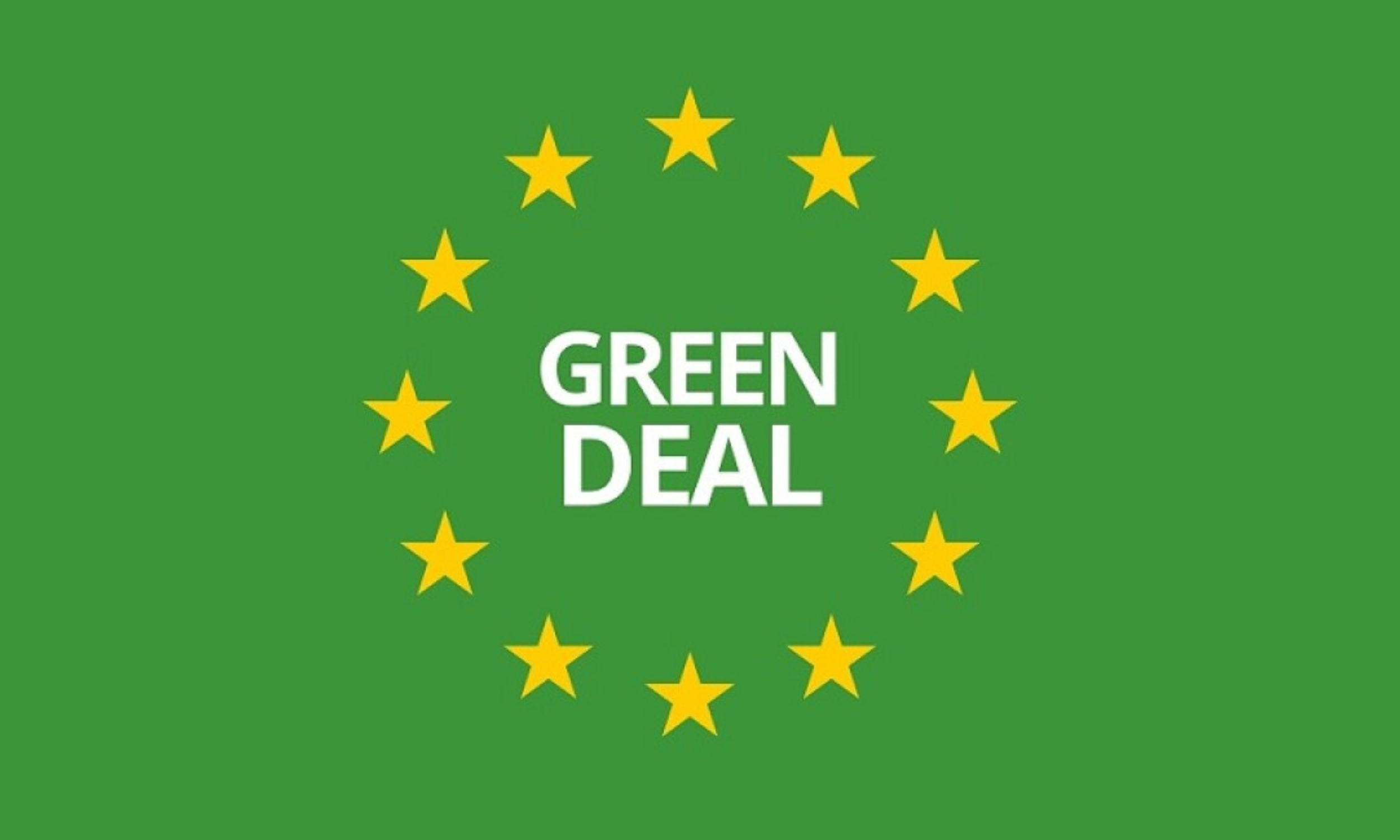
Rubber Market Outlook 2024
Navigating New Regulations, Global Supply Shifts, and Economic Uncertainties
As we reflect on the tumultuous year of 2023, this article aims to encapsulate the pivotal developments in the rubber market and their potential implications for 2024. Among these, the European Union's Deforestation Regulation (EUDR) stands out for its expected influence on market dynamics, particularly regarding cost and trade patterns.
Impact of EUDR on Rubber Processors' Cost Structure
In early 2023, the European Union (EU) included rubber in its new regulations requiring traceability for exports into the EU. Medium and large companies were given an 18-month deadline until December 31, 2024, to comply, sparking concerns over the feasibility of meeting these requirements in time. Smaller enterprises have an additional six months, until June 30, 2025.
Notably, some larger processors, particularly in African countries, have proactively established systems to trace shipments to their origin, although the European Commission has yet to clarify the specifics of shipment and document checks.
In parallel, the UK has proposed similar regulations against commodities from deforested areas, but these do not currently include natural rubber. Given the UK's declining natural rubber consumption, this is not expected to significantly impact the global market.
Post-EUDR announcement, suppliers have shifted to a tiered pricing approach for rubber, incorporating traceability costs into higher contract premiums amid economic uncertainty. The volatility in the market has led to an increase in spot market deals for physical rubber in 2023, a trend likely to continue into 2024. Producers are expected to transfer traceability costs to consumers, potentially leading to a bullish pricing impact, although this could be mitigated in an oversupplied market.
Rising Ivorian Production and Global Market Dynamics
Data up to October 2023 indicates that Ivory Coast's rubber production has reached its highest since 2007, contrasting with a decline in Indonesia and increases in Thailand, Vietnam, and the Ivory Coast. Despite higher output in three regions, global production has dropped by 122,000 tons.
This surge in Ivorian supply has led to price competition, with African grades like AFR10 being offered at substantial discounts compared to Asian grades. Japan, among other consumer regions, has begun exploring new supply sources from the Ivory Coast, as evidenced by recent trade statistics.
However, the Ivory Coast's ban on cup lump exports to stabilize prices has prompted market players to seek alternative sources, although the impact on export quantities appears limited.
The Ivory Coast is on track to surpass Indonesia as the world's second-largest rubber producer by 2024. Yet, factors like established market relationships, quality, sustainability practices, and logistics costs might slow the adoption of new supply sources.
Rubber Demand Prospects in 2024 Amid a Changing Interest Rate Landscape
In 2023, major central banks maintained high interest rates in response to inflation, potentially dampening economic support. The trend in rubber prices has historically correlated with interest rate changes, suggesting a bearish outlook for rubber prices in a high-interest environment.
Despite this, China's policies to bolster its economy have positively influenced rubber prices, with consumption among the top five consumers, led by China, increasing in 2023. This consumption growth, juxtaposed with the oversupplied market, suggests a complex dynamic at play.
The Federal Open Market Committee's (FOMC) hint at potential rate cuts in 2024 and the outcome of the 2024 United States presidential election are pivotal factors that will shape the rubber market.
Concluding Observations
Entering 2024, the rubber industry faces significant uncertainties in demand and supply. While some producers favor long-term contracts for stability, others are inclined towards the spot market, indicating a cautious optimism for market improvement in the medium term.


